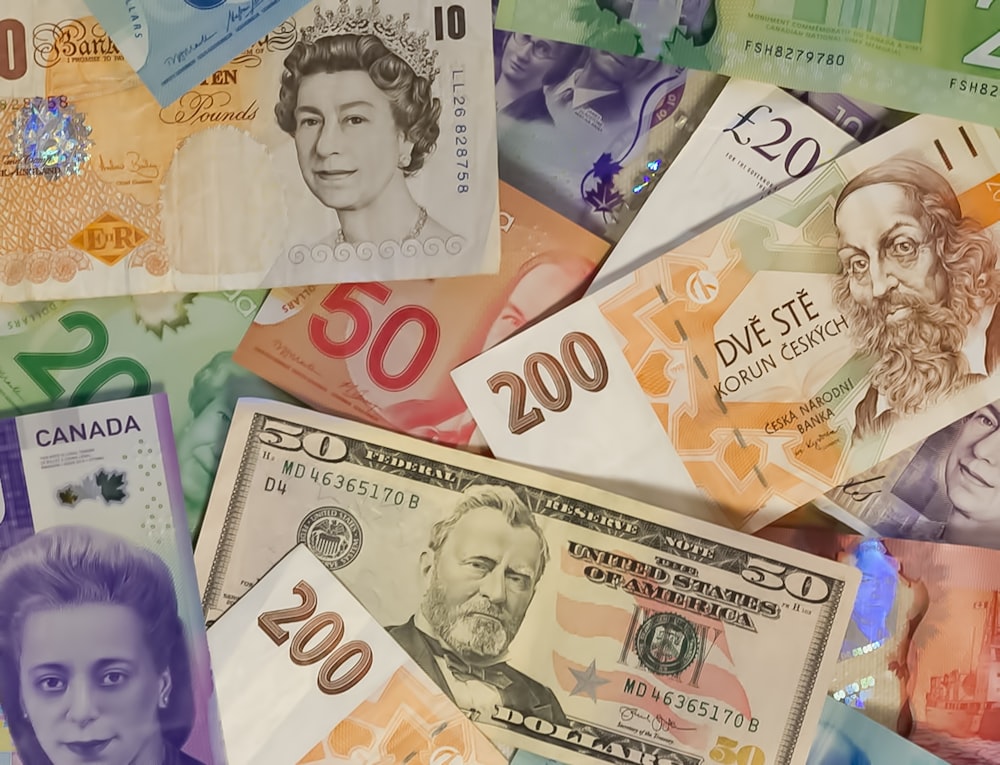

The Pound Sterling (GBP) finds temporary support on Tuesday after facing a sharp sell-off in the last few trading days due to rising yields on the United Kingdom (UK) gilts. The 30-year UK gilt yields have risen to near 5.47%, the highest since 1998, due to multiple tailwinds, such as higher uncertainty about incoming trade policies under the administration of United States (US) President-elect Donald Trump, persistent inflationary pressures and slower growth expectations in Britain.A healthy rise in UK gilt yields has resulted in a discomforting situation for UK Chancellor of the Exchequer Rachel Reeves, who was already facing backlash from employers for raising their contribution to National Insurance (NI) and leaving little fiscal headroom if the situation turns upside down. Market participants expect the UK government to turn to foreign financing to fund routine spending to avoid rising domestic borrowing costs. However, the British finance ministry maintains its non-negotiable promise to rely on borrowing only for investment, not for addressing day-to-day spending.Meanwhile, investors shift their focus to the UK Consumer Price Index (CPI) data for December, which will be released on Wednesday. Investors will pay close attention to the UK inflation data as it will drive market expectations for the Bank of England’s (BoE) likely interest rate action in the February policy meeting.Analysts at UBS expect the BoE to cut interest rates next month, with more reductions remaining in the pipeline later this year. UBS said that higher borrowing costs, which are flowing into the real economy, are “tightening financial conditions”. The Swiss bank added, “Inflationary pressures are present but fading, so a cut in February, with more later this year, remains the base case.”
Daily digest market movers: Pound Sterling bounces back against US Dollar
Technical Analysis: Pound Sterling rebounds slightly as RSI turns oversold

The Pound Sterling rebounds slightly to near 1.2250 against the US Dollar in Tuesday’s European session after refreshing its more-than-a-year low to near 1.2100 on Monday. However, the outlook for Cable remains weak as the vertically declining 20-day Exponential Moving Average (EMA) near 1.2430 suggests that the near-term trend is extremely bearish.The 14-day Relative Strength Index (RSI) rebounds slightly after diving below 30.00 as the momentum oscillator turned oversold. However, the broader scenario remains bearish until it recovers inside the 20.00-40.00 range.Looking down, the pair is expected to find support near the October 2023 low of 1.2050. On the upside, the 20-day EMA will act as key resistance.More By This Author:GBP/JPY Finds Cushion Near 194.00, More Downside Remains Likely USD/CAD Extends Winning Streak Ahead Of US-Canada Labor Market Data USD/CAD Struggles To Break Above 1.4400 Ahead Of US-Canada Employment Data
















